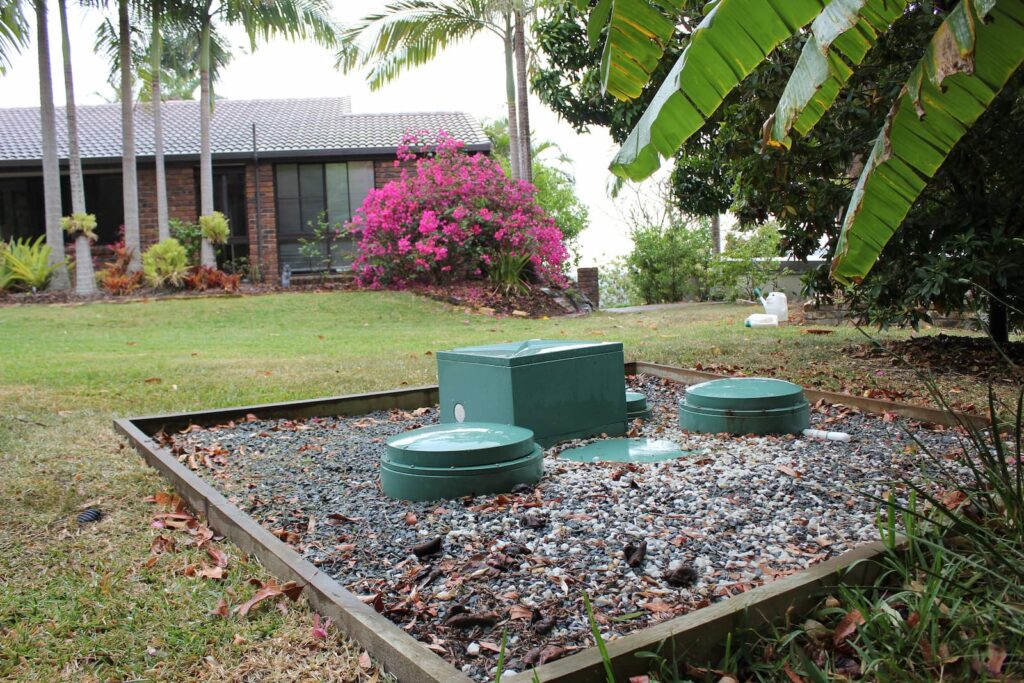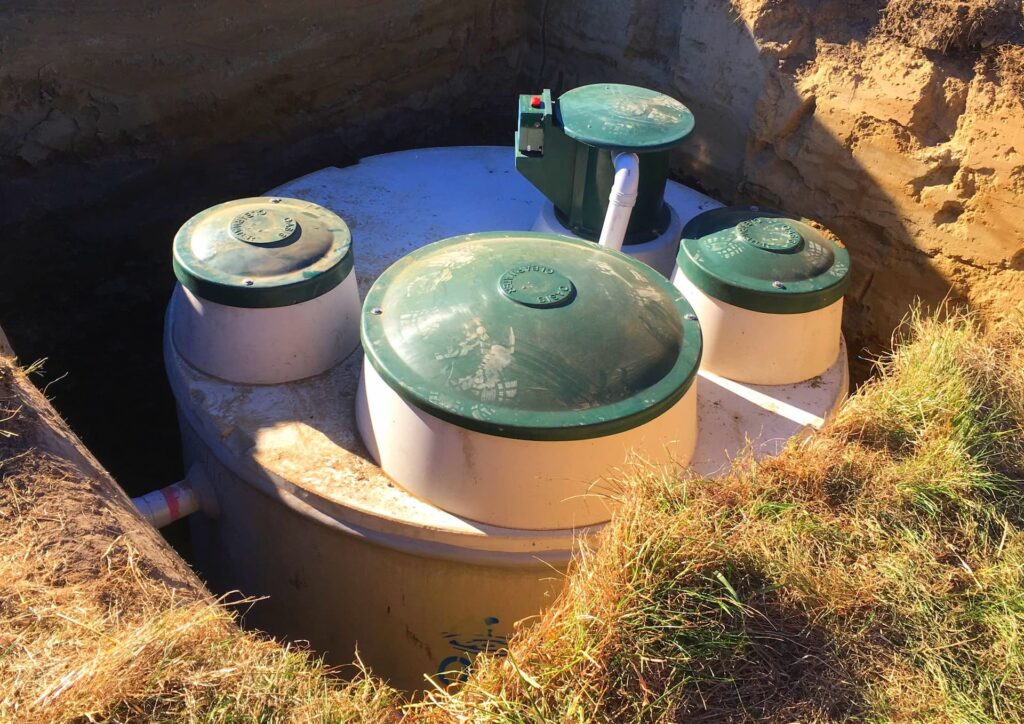Septic tanks are essential components of wastewater treatment systems in many areas of Hamilton. They provide a reliable and efficient means of processing household wastewater, ensuring that it is safely disposed of and does not contaminate the environment.
However, choosing the right septic tank installation is crucial to ensure optimal performance and avoid costly problems down the line.
A septic tank is a buried underground chamber that separates wastewater into solids and liquids. The solids settle to the bottom, forming sludge, while the liquids, known as effluent, flow into a drain field.
The drain field is a network of perforated pipes that allow the effluent to seep into the soil, where it is naturally filtered and absorbed.
Factors Affecting Septic Tank Installation
Several factors must be considered when selecting a septic tank installation for your Hamilton property. These include property size, number of occupants, water usage, and soil conditions.
Property Size
The size of your property will directly influence the capacity of the required septic tank. Larger properties generally require larger tanks to accommodate the increased wastewater flow. Factors such as the presence of outbuildings, swimming pools, or other water-intensive features should also be considered.
- Land Area: Measure the total area of your property, including any outbuildings or structures.
- Water Features: Assess the presence of swimming pools, ponds, or irrigation systems that may increase water usage.
- Future Plans: Consider any future expansions or additions to your property that may affect wastewater production.
Number of Occupants
The number of people living on the property is a significant factor in determining septic tank size. More occupants produce more wastewater, so a larger tank may be necessary to handle the increased load.
- Current Residents: Count the number of people currently residing on the property.
- Future Plans: Consider any potential changes in occupancy, such as new family members or roommates.
Water Usage
- The amount of water consumed on your property will also affect septic tank size. Activities such as laundry, showering, and gardening can increase water usage and, consequently, the amount of wastewater generated.
- Household Appliances: Assess the number and type of appliances, such as washing machines, dishwashers, and toilets.
- Outdoor Water Use: Consider the frequency of watering lawns, gardens, or filling pools.
- Seasonal Variations: Account for seasonal changes in water usage, such as increased demand during summer months.
Soil Conditions
- The type of soil on your property plays a crucial role in septic tank performance. Sandy soils allow for better drainage and absorption of effluent, while clay soils can be more challenging. Soil percolation tests can help determine the suitability of the soil for septic tank drainage.
- Soil Type: Identify the predominant soil type on your property (e.g., clay, sand, loam).
- Percolation Test: Conduct a soil percolation test to measure how quickly water drains through the soil.
- Soil Moisture: Consider the moisture content of the soil, as excessive moisture can affect drainage.
Septic Tank Installation Guidelines
General Guidelines
- While specific guidelines may vary depending on local regulations, some general principles apply to septic tank installations. The tank should be located at least 60 feet away from any water sources, such as wells or streams. It should also be placed at least 10 feet from property lines and septic tank inspection pipes.
- Distance from Water Sources: Ensure the septic tank is located at a safe distance from wells, streams, or other bodies of water to prevent contamination.
- Distance from Property Lines: Maintain adequate distance from property lines to avoid potential conflicts with neighbours.
- Inspection Pipes: Install inspection pipes at appropriate locations to allow for regular maintenance and monitoring.
- Professional Consultation: It is strongly recommended to consult with a qualified septic tank professional to ensure that your installation meets all local regulations and is properly sized for your property. Professionals can conduct thorough assessments to determine the optimal location, size, and design of your septic tank system.
- Local Regulations: Verify compliance with local zoning laws, building codes, and environmental regulations.
- Site Evaluation: Have a professional assess your property to determine the most suitable location for the septic tank.
- Design Recommendations: Obtain recommendations for the appropriate size, type, and components of the septic tank system.

Consequences of Incorrect Installation
Overflows and Backups
- Improperly installed septic tanks can lead to overflows and backups, which can cause significant damage to your property and contaminate the environment. These issues can also result in unpleasant odours and health hazards.
- Property Damage: Overflowing septic tanks can cause damage to lawns, landscaping, foundations, and other structures.
Environmental Contamination
Leaking septic tanks can contaminate groundwater and surface water, posing risks to human health and ecosystems.
- Health Hazards: Exposure to contaminated wastewater can lead to various health problems, including gastrointestinal illnesses.
Inefficient Wastewater Treatment
Incorrect installation can hinder the effectiveness of wastewater treatment, leading to incomplete removal of pollutants. This can have negative consequences for water quality and the surrounding environment.
- Pollutant Release: Inefficient treatment can allow pollutants, such as bacteria, viruses, and nutrients, to enter the environment.
- Water Quality: Contaminated water can affect the quality of drinking water and recreational waters.
System Failure
A poorly installed septic tank may not function as intended, leading to premature failure and costly replacements. Regular maintenance and inspections are essential to prevent system failures and ensure long-term performance.
- Repair Costs: Repairing a failed septic tank can be expensive, often involving excavation and replacement of components.
- Downtime: System failures can cause inconvenience and disruption to daily life.
Managing wastewater effectively is only part of protecting a property. Keeping exteriors in good condition matters too, which is why learning how to avoid home damage with weatherboard soft washing is valuable for Hamilton homeowners.
The Last Word
Choosing the right septic tank installation for your Hamilton property is essential for proper wastewater treatment and environmental protection. By carefully considering factors such as property size, occupancy, water usage, and soil conditions, you can select a system that meets your needs and minimises the risk of problems.
Consulting with a septic tank professional will ensure that your installation is done correctly and complies with all local regulations. Investing in a well-designed and properly installed septic tank will provide long-term benefits for your property and the environment.


